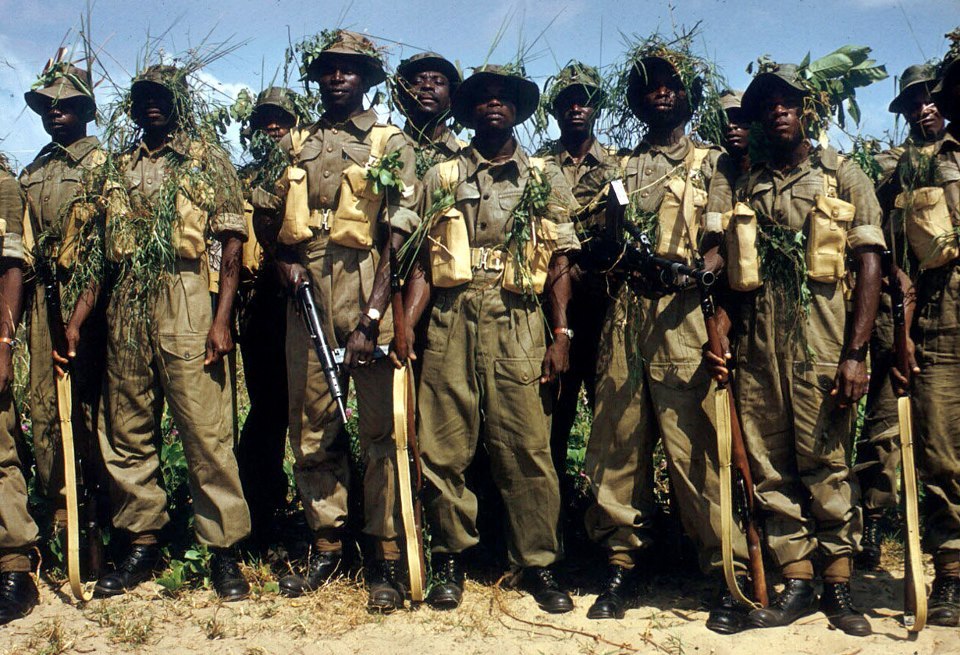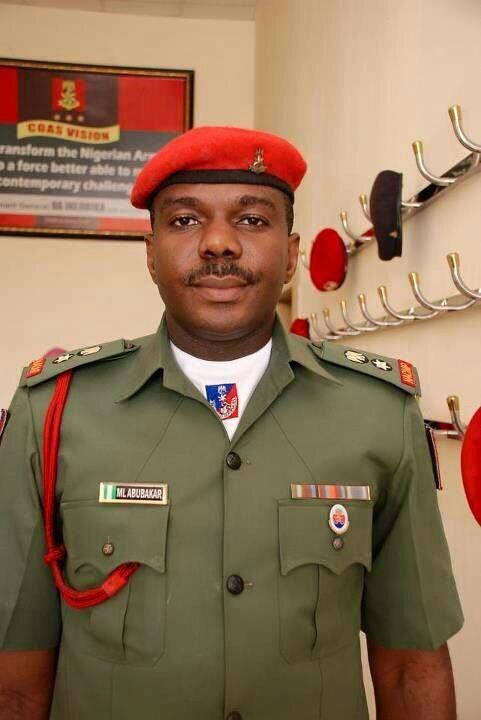Introduction:
Nigeria is a nation with a rich history and diverse culture. It has a military tradition dating back centuries. As we delve into the annals of time, we uncover the fascinating evolution of Nigerian military uniforms. Reflecting not only practicality but also cultural identity, adaptation, and innovation.
This article will take you on a journey through the history of Nigerian military attire. From its ancient origins to its modern manifestations.
Ancient Roots:
The roots of Nigerian military uniforms can be traced back to the precolonial era. Various ethnic groups had distinct warrior traditions.
These warriors adorned themselves with garments. That offered protection while symbolizing their allegiance and heritage.
For instance, the Yoruba warriors were known for their distinctive “Agbada” robes and “Bini” helmets. While the Igbo warriors wore “Isiagu” blouses and “Ozo” caps.


Colonial Influence:
The arrival of European colonial powers in Nigeria in the late 19th century. They brought about significant changes in military attire.
British colonial rulers imposed their military uniforms on Nigerian troops. Replacing traditional garments with khaki uniforms. This marked a turning point in the evolution of Nigerian military uniforms.
As the influence of the British military style became prevalent.

Independence and the Biafran War:
After gaining independence in 1960. Nigeria faced its first major conflict during the Biafran War (1967-1970). This conflict saw the emergence of the Biafran Army.
Which introduced its own unique military attire. Biafran soldiers were often seen wearing olive green uniforms with a distinctive red beret. This attire symbolized the struggle for Biafran secession and independence.

Post-Independence Modernization:
In the years following independence. Nigeria underwent modernization efforts in its military. Including the development of its own military uniforms.
The Nigerian military adopted camouflage uniforms. Influenced by British and American designs. Which became synonymous with the Nigerian Armed Forces.
These uniforms provided better camouflage in the diverse Nigerian terrain. And marked a shift towards practicality and functionality.


Peacekeeping Missions:
Nigeria has been actively involved in peacekeeping missions across Africa. Showcasing its military prowess and attire on international platforms.
Nigerian peacekeepers have often donned blue berets and distinctive United Nations (UN) peacekeeping uniforms. This attire reflects Nigeria’s commitment to maintaining peace and stability in the region.

Cultural Identity and Diversity:
Nigeria’s military uniform has always been a reflection of its diverse culture and traditions. Each ethnic group has contributed to the nation’s military attire in various ways.
For instance, the Hausa-Fulani soldiers have incorporated elements of their traditional attire, such as the “Fulani hat,” into their military uniforms, adding a unique touch to their appearance.

Adaptation to Modern Threats:
In recent years, Nigeria has faced numerous security challenges, including insurgencies and terrorism.
These threats have necessitated the adaptation of military uniforms to suit the changing battlefield. Specialized units like the Nigerian Army Special Forces and Counter-Terrorism Units have adopted attire tailored for urban combat.
Often featuring body armor, tactical vests, and advanced camouflage patterns.

Local Production and Innovation:
To reduce dependence on foreign suppliers. Nigeria has made efforts to produce its military uniform locally. This initiative not only supports the domestic economy.
But also allows for customization and adaptation to specific needs. Nigerian military textile factories have played a vital role in producing uniforms. And equipment for the armed forces.

Conclusion:
The history of the Nigerian military uniform is a tale of adaptation, cultural identity, and resilience. From its ancient warrior traditions to modern, functional attire.
Nigerian army uniform has evolved significantly over the years. It reflects the nation’s diverse culture and its commitment to peacekeeping and security in the region. As Nigeria continues to face new challenges.
Its army uniform will likely continue to evolve. Showcasing the country’s ability to adapt while preserving its rich heritage.

